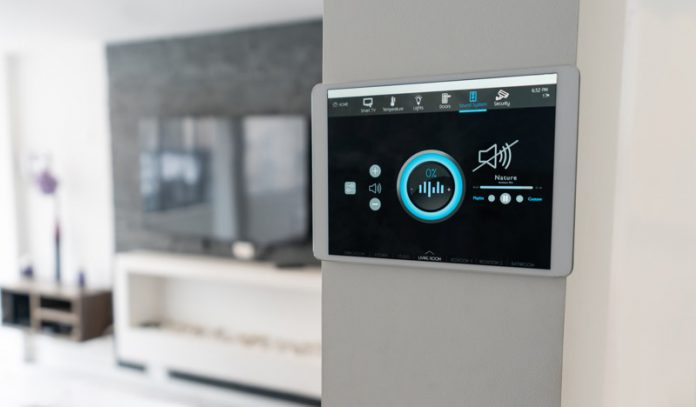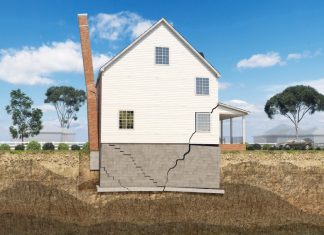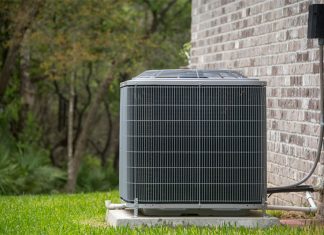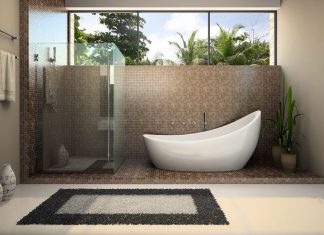It’s no secret we’re obsessed with tech-led devices with figures suggestion the average home has 11 internet-enabled devices. Always on the look out for new ways to make our home-lives that little bit easier, smart homes are no longer a sci-fi dream, they’re a realty for many homeowners.
Helping to make everyday tasks easier, home automation is here to stay. From helping to save energy (and money) with smart heating systems to switching lights on and off with a simple voice command, automatically ordering household items that are running low and even making your home more secure camera enabled doorbells, smart home technology is changing the way we live and work.
If you’re looking to get started in home automation and love creating your own bits of tech, then why not get started with a Raspberry Pi? Whether you’re a complete beginner or you know a bit of code, the genius behind the tiny and affordable Raspberry Pi is the endless possibilities it offers.
Create your own Alexa
Launched in 2014, Alexa has been revolutionary in the smart speaker sector with over 100 million Alexa devices sold around the world. But with the help a Raspberry Pi, a Wi-Fi connection, speaker and a microphone, you can create your very own smart speaker.
Wi-Fi extender
As many of us continue to work from home on a more hybrid model, you may have found that some areas of your home are Wi-Fi blackspots – especially if you live in a period property. Using your Raspberry Pi you can create an extender.
You’ll need a Pi model with built-in Wi-Fi and then all you need to do is get yourself a USB Wi-Fi adapter to repeat the signal in your dark spots.
CCTV Camera
With around 38% of Americans and 40% of British homes installing some sort of security camera, you can give yourself complete peace of mind by hooking your camera stream up to an app. So that no matter where in the world you are, you can keep an eye on your property.
Using a Raspberry Pi camera, you can experience full HD photos and videos. Program it with a short Python script for either motion-detection or set to record at certain times. You can even save the images to a cloud account like Dropbox, so that should you require images for insurance purposes everything is time stamped and kept in one central location.
With so many ways you can introduce home automation into your home, which project will you try first?














